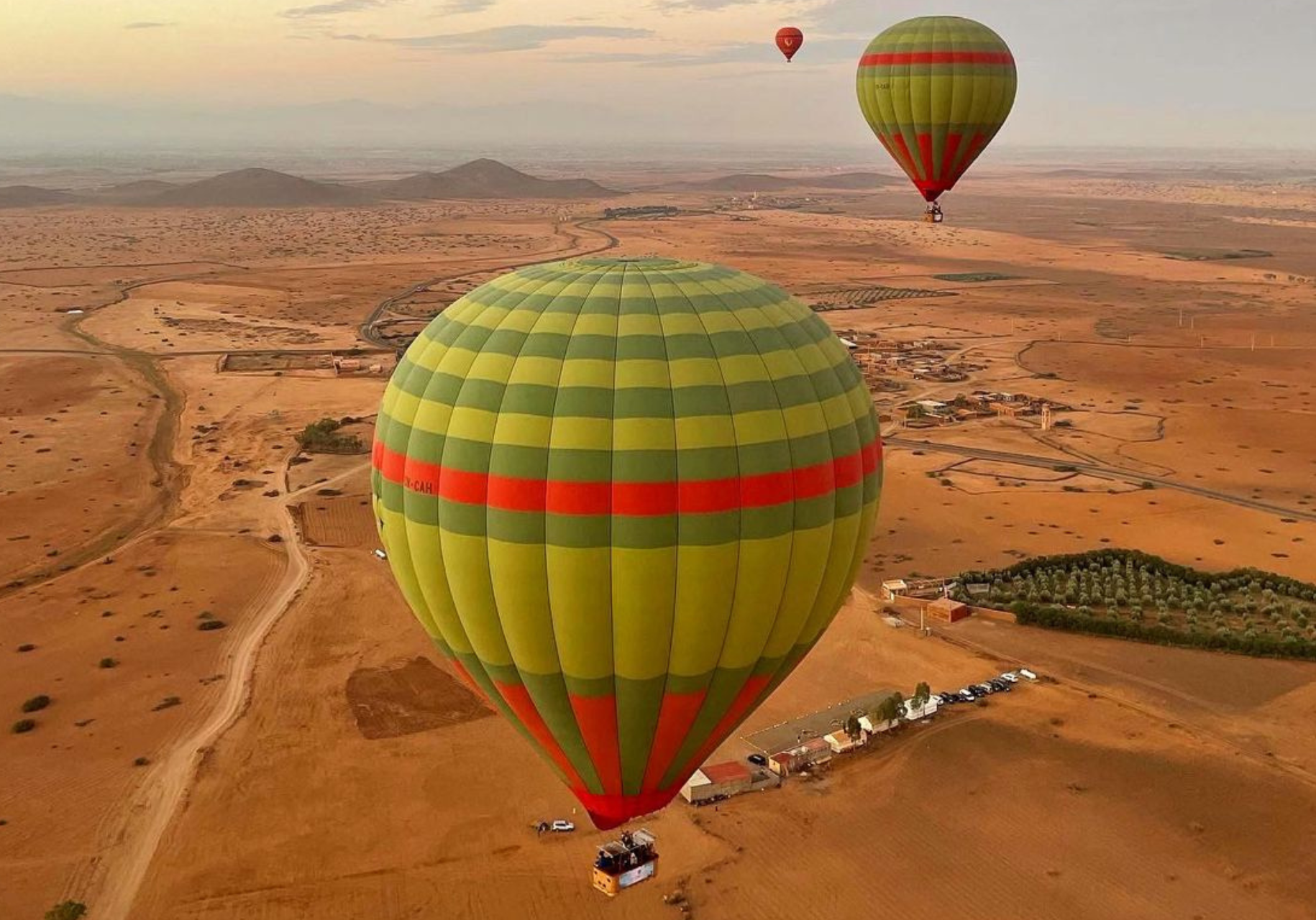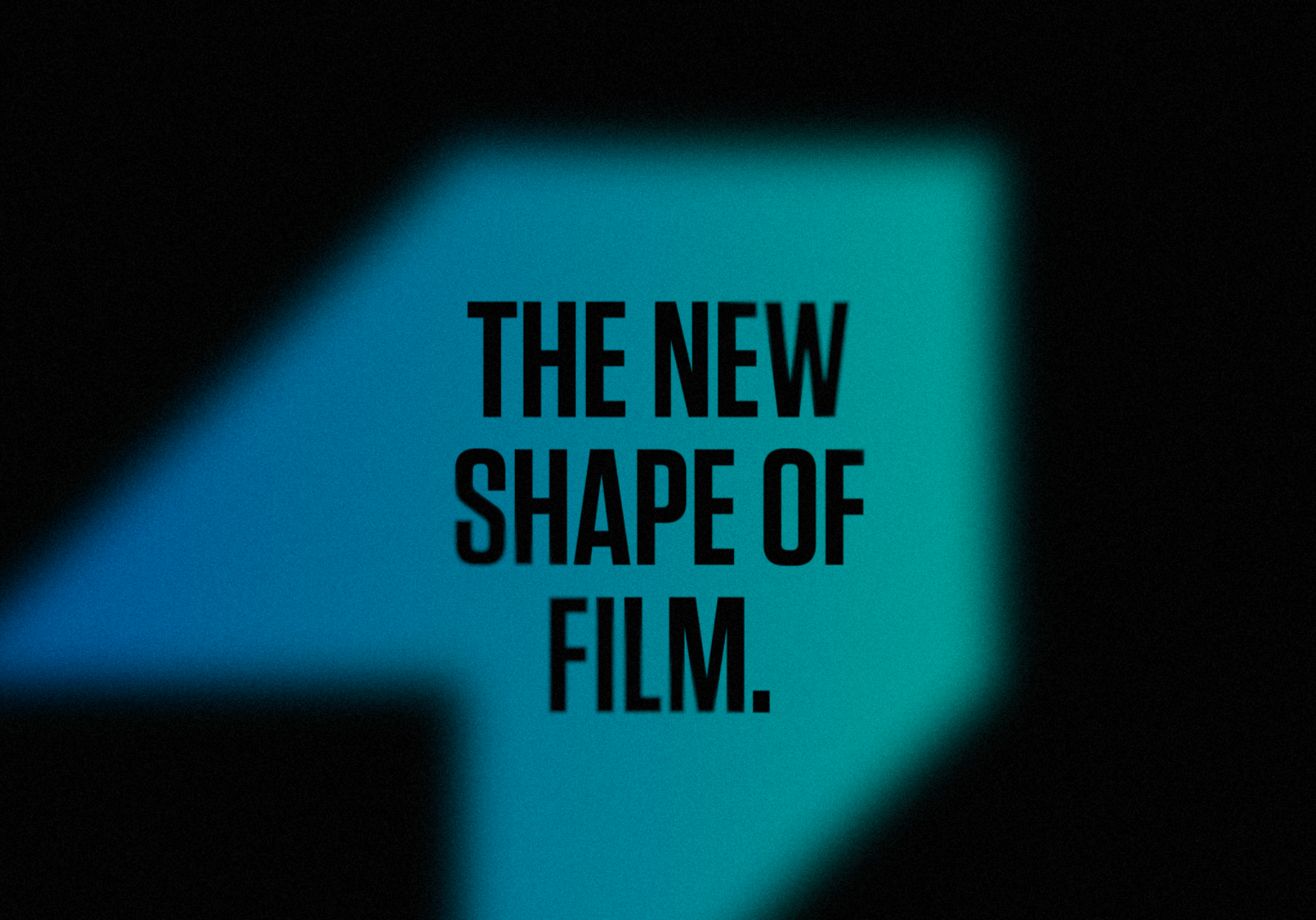THE (NEW) SHAPE OF FILM, THROUGH THE EYES OF OUR CREATIVE DIRECTOR.
OUR CREATIVE DIRECTOR, RICHARD TWAMLEY, SPILLS THE BEANS ON HOW FILM IS MORPHING BEFORE OUR EYES. FROM CLASSIC CORPORATE VIDS TO CUSTOM CONTENT, WE'RE UNRAVELING STORYTELLING IN TODAY'S MODERN DIGITAL WORLD.

EMBRACING CHANGE IN FILM CONSUMPTION.
"Sometimes you have the sudden realisation that things have changed, that what you’re looking at is new and different, and as a nice surprise, changed for the better.
But why am I using/wasting (I’m undecided here) 28 words of a limited introduction blog post to say that? Well, I think it’s because the thing I was looking at when I had this epiphany was a screen – a screen on a phone where I was watching film after film after film.
I make things for screens as part of my job - or should I say I have ideas for things that play out on screens (films, VTs, or just content if you want to use the industry vernacular). I also, and probably more importantly, work with great filmmakers in the studio, creative types who have a passion for film, or are just generally film bad asses and know how to make things (that) move."
REDEFINING CORPORATE FILMS
There is enormous power in film, no other medium allows you to carry a message in such a differentiated, thought-provoking, and pleasing package.
Our team work together with brands or clients who might want to use film to communicate internal messages to people who work for that business, what we were making could unkindly be named ‘corporate film’ historically.
Now, the thing about ‘corporate’ films is that there grew a perceived negative connotation with that name – a lessening of quality and an associated ‘uncool’ element. The truth is that we all see enough films every day on our phones to know what good looks like (about 75% of internet traffic is film depending on who you ask).
It’s not a dark art anymore, everyone is a filmmaker, and nobody asks for a corporate film, they just want a good film, because film packs more messages, emotion, understanding, and energy into those moving images that any other medium.
But I’m digressing…
DECLINE OF TRADITIONAL EVENT FILMS
The thing that was undeniable, and that I’ve noticed over time, is that less and less money and importance was given into that critical event opening film, or that explainer animation, or that hearts and minds VT - I suppose it’s obvious why.
I’ve been at events where the film played out just once to a small group, or when there was chatting over the start of the masterpiece (filmmakers don’t play their films down), or where a technical problem meant VT didn’t play out perfectly. In short, it wasn’t guaranteed to reach the big audience and hit home, like an advert on a paid for channel for example.
And when you compare that investment in time and energy to an ad you see on TV, or on your phone, something designed to hit hard, fast, be disruptive and different, that content felt…well, better.
RISE OF DIGITAL CHANNELS
Now, and here’s the point really - businesses have their own smart and accessible channels, places where you can be wacky with ads if you want, places where colleagues and staff are on their phones all the time watching reels.
Since our lockdown reset, people are more happy to look at work stuff on their phone because the line between home and work are more blurred (depending on your opinion), and video is THE medium of choice.
If you go onto your feed now almost everything is film, and then if you go to your linked-in the banner might move, while you browse attention-grabbing web adverts vie for your attention, and if you scroll down the mail in your inbox the signature might move with a call to action, and it’s all targeted or personalised for you – basically the film you see, is YOU-shaped.
TAILORING CONTENT FOR DIVERSE AUDIENCES
It makes more sense today for the smart studio wanting to provide extra value for a client, to first curate/capture/design the content, and shape it for all the channels, editing and adding animation or changing styles for each format. A longer 16:9 or widescreen edit for the live event screen, a virtual playout to win those hearts and minds, a trailer and a sizzle for pre-comms and the website, bitesize portrait stuff for learning and development for today’s shorter attention spans, a re-edit for on-demand audiences, some 360 environment stuff for VR, a little interactivity to enhance the experience, and some squared-up cuts and shorts for the socials.
In short – whereas you might be cutting one film back in the day, now all of this can be created as part of a coherent brand activation for audiences, created for the specific platform and who is watching.
THE ACCESSIBILITY OF DIVERSIFIED CONTENT
The great thing about it (and it’s a win for everyone), is that this diversification means content is accessible for us all – we all learn differently and have different needs and different shapes fit different people.
For example, my children watch films with subtitles now because they are more able to take in the multi-sensory information, maybe because the choice and the familiarity is there and for them the richer content enhances the experience.
VALUE-DRIVEN CREATIVITY IN BRANDING.
There’s more value to all of this, and we all want and love value, it’s a huge aphrodisiac in the brand-agency relationship, and when it’s built over a platform of creativity, film will make commercial sense and continue to connect us on a deeper level.
So, here’s to the new shape of film, (whatever it may be).



